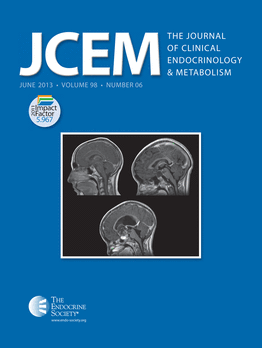
General Orthopaedics
Alendronate treatment for fibrous dysplasia, a rare skeletal disorder
J Clin Endocrinol Metab. 2014 Nov;99(11):4133-40.40 patients (24 adults and 16 children) with fibrous dysplasia (FD) were randomized to either receive alendronate administration in 6-month cycles for 24 months or placebo. The results revealed that in the alendronate group, NTX-telopeptides markers significantly declined at 18 months, however no significant difference in osteocalcin was observed between groups. Furthermore, areal bone mineral density in both normal lumbar bone and predetermined FD regions significantly increased in the alendronate group at 24 months, but not at 12 months. There was no significant difference in pain and function measures between groups.
Unlock the full article
Get unlimited access to OrthoEvidence with a free trial
Start TrialCritical appraisals of the latest, high-impact randomized controlled trials and systematic reviews in orthopaedics
Access to OrthoEvidence podcast content, including collaborations with the Journal of Bone and Joint Surgery, interviews with internationally recognized surgeons, and roundtable discussions on orthopaedic news and topics
Subscription to The Pulse, a twice-weekly evidence-based newsletter designed to help you make better clinical decisions
Exclusive access to original content articles, including in-house systematic reviews, and articles on health research methods and hot orthopaedic topics
Or continue reading this full article
Register Now

Subscribe to "The Pulse"
Evidence-Based Orthopaedics direct to your inbox.




































